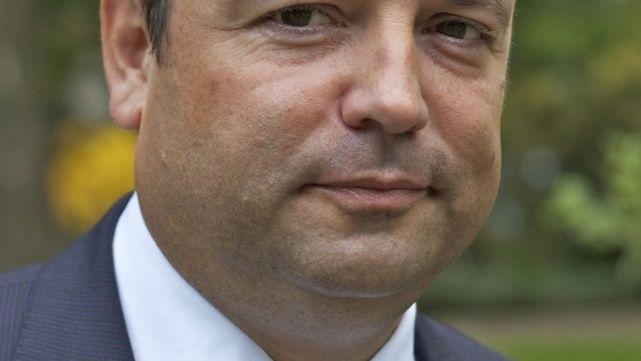The FSA Spy market buzz – 6 June 2025
Animal spirits run wild; Franklin Templeton is taking credit; EM banking revolution; Not all luxury is equal; Death of search and the AI machine; George Soros on wins and much more.

Seaman’s big investment mistake came way back in 1993, but it has relevance for the investment environment today. Back then, the market had strong expectations that the US Federal Reserve was going to raise interest rates – tighten monetary policy.
However, 1993 was the time of a major bull market in bonds and interest rates had hit a record low of 3%.
“We were still running relatively long positions and we thought we could get out before the Fed tightens and it wouldn’t be much risk to our portfolio. That turned out to be completely wrong.”
Then in February 1994, the Fed surprised the market by raising rates 25 basis points. Bonds sold off and yields rose. The schedule accelerated with rate hikes in March, April, May and August. By November, interest rates had nearly doubled to 5.5% from 3% in January, resulting in a disastrous bear market for bonds.
“We got caught out by that,” Seaman said
It was a time when he took too much risk even though he knew that the Fed was going to raise rates.
Seaman said that the experience helped him enormously in understanding how to manage money, noting that only a few managers have been through a shift of monetary easing to a tightening cycle.
“That taught me quite a lot how bond markets can overreact to certain events.”
Because of that experience, Seaman now buys bonds that have sufficient cushions, particularly under-priced bonds, for unexpected outcomes.
“So we try and make sure that the risk is minimised as much as possible.”
 Sourcing resilient yield and income through short-dated credit
Sourcing resilient yield and income through short-dated credit
 Driving decarbonisation: how to access new forms of alpha
Driving decarbonisation: how to access new forms of alpha
 Turning environmental hopes into investment reality
Turning environmental hopes into investment reality
 M&G Episode Macro shines after tough year
M&G Episode Macro shines after tough year
 Who’s afraid of higher interest rates?
Who’s afraid of higher interest rates?
 Smartphones on wheels
Smartphones on wheels
 Taking a thematic approach to harness disruption
Taking a thematic approach to harness disruption
 The future of mobility
The future of mobility
 China’s post-pandemic growth gathers pace
China’s post-pandemic growth gathers pace
 Impact opportunities: investing to limit biodiversity loss
Impact opportunities: investing to limit biodiversity loss

Animal spirits run wild; Franklin Templeton is taking credit; EM banking revolution; Not all luxury is equal; Death of search and the AI machine; George Soros on wins and much more.
Part of the Mark Allen Group.
